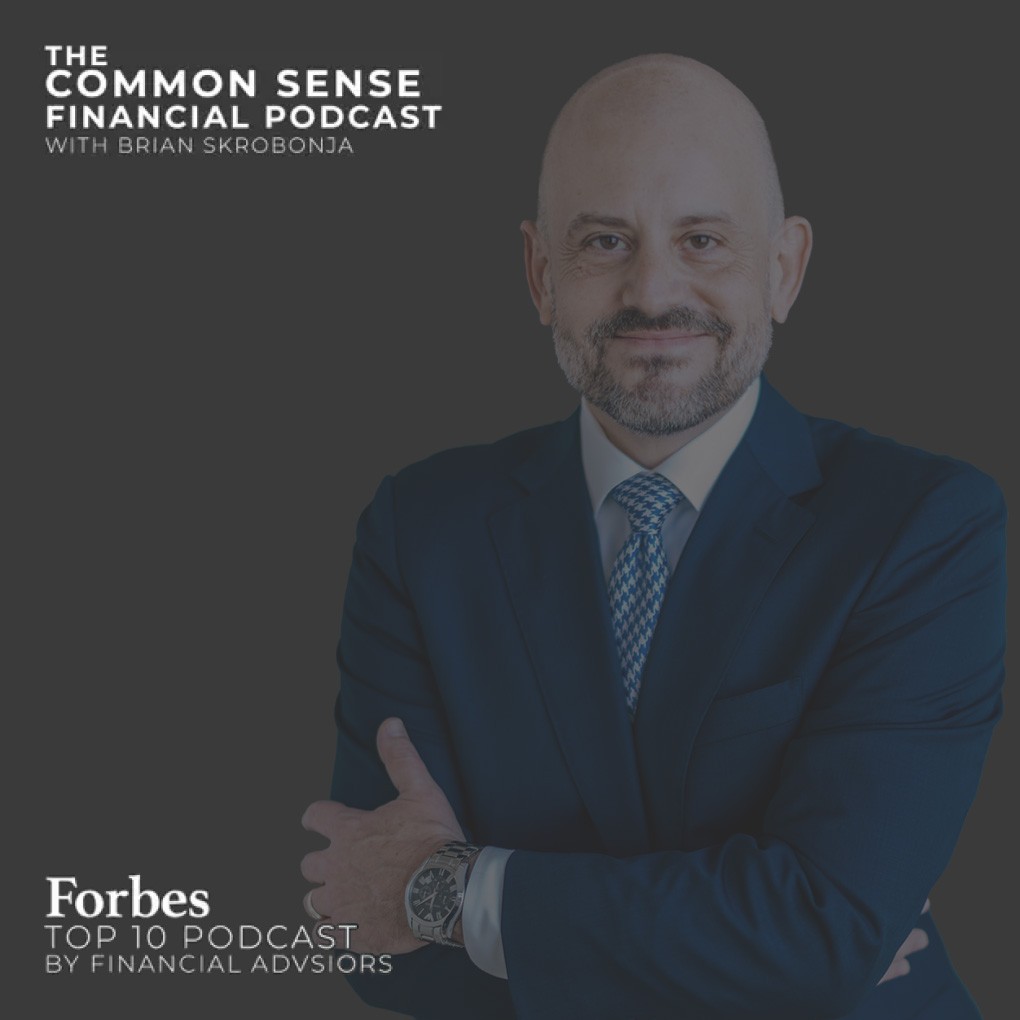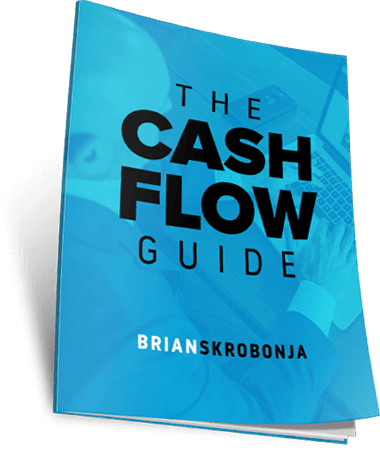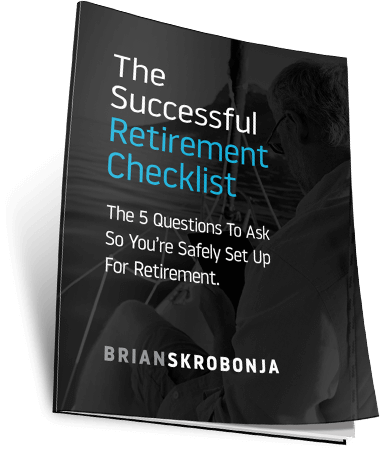Employees love their 401(k)s, but love can be blind. These plans are riddled with traps, restrictions and caveats that are not apparent until you attempt to access your money out of the plan. Retirement savers need to open their eyes to some serious flaws built into these accounts.
A 401(k) is a type of employer-sponsored retirement savings plan utilized in for-profit organizations. Related types of plans are the 403(b), used in not-for-profit and education, and 457 plans, designed for government employees. While all different, each is categorized as the same type of plan, designed for participants to save for retirement.
First, the Good
The good news with these accounts is that they are an easy way to save for retirement. Through payroll deductions, you can set a percentage to be taken from your paycheck and deposited into the plan for your retirement. Often this contribution can be tax deductible, reducing your current year tax liability.
Some plans even offer a matching contribution, which means that your employer will contribute into the plan, equal to your contribution, up to certain predefined limits that are set by the employer.
Now, the Bad
While these plans are popular, there is an inherent problem with them. You relinquish control of your money until specific triggering events grant you permission to access your money from the plan. Once deposited into the account, your money is serving a proverbial jail sentence.
Here are three triggering events that grant you permission to escape:
- You leave your current employer. Whether you retire, quit or are fired from a job, separation from an employer is a triggering event that allows you to move money out of the plan. Of course, that doesn’t mean you can just pull all your money out of the plan without the possibility of incurring taxes or penalties.
- You reach age 59½. For some plans, reaching the age of 59½ is a triggering event that allows you to move money out of the plan. However, not all plans offer this as an option.
- You have a qualifying hardship. If your employer allows them, there are a few life events or circumstance that allow money to be taken out of the plan, such as certain medical expenses or buying a home. If you elect to use this option, keep in mind that you may be subject to a 10% penalty and tax liabilities.
A few things to think about when it comes to tying your money up in these plans are:
- Distributions from a 401k are subject to an early withdrawal penalty of 10% prior to age 55 if you are separated from employment (59½ if still “in service” with your employer.
- You have very limited access to the money while you remain employed, including taking a 401(k) loan – something that’s more of a last resort than anything else.
- For tax-deferred 401(k) plans, you are eventually forced to take your money out through required minimum distributions (RMDs) whether you need it or not. (The IRS enforces a Required Minimum Distribution (RMD) if you reached 70-1/2 in 2019. For those reaching 70-1/2 in 2020 and beyond the new RMD age is 72 thanks to the Secure Act.)
So, overall, these savings plans can be very restrictive. The act of giving up control of your money can limit your ability to fulfill important life events, and it’s seldom in your best interest to do so. The bottom line is that the rules for these plans are set and regulated by our government, and they don’t always coincide with your needs.
You’re Kicking the Tax Can Down the Road
Another problem with these plans is that you may misunderstand the actual benefits they provide. When it comes to contributions, you may believe you are saving on taxes because you are receiving a tax deduction in the year the funds are contributed. However, you are merely deferring taxes. A tax deduction through deferral is not the same as a tax savings. In other words, you either pay taxes now or you pay them later. A true tax savings is something you can write off on your taxes to receive the deduction with no future liabilities. With these plans, you are simply deferring taxes to a later point in time when the liabilities await you.
Example:
You contribute $10,000 a year into your 401(k), deducting the contribution from your current year taxes. Assuming a hypothetical 8% annual rate of return over 30 years you would accumulate $1,223,000. Since the $10,000 a year you put into the plan was tax-deductible (you didn’t pay any taxes on the money contributed or the growth) the entire account balance is subject to tax.
So, a few things to think about when it comes to the tax liabilities are:
- You are deferring the tax liability to a point in the future when you have no idea what the tax rate will be.
- When you retire you will likely not have the same amount of total tax deductions as you do today. Deductions may include the 401(k) contributions themselves, child credits, other deductions along with home mortgage interest, etc.
- The IRS does not offer a different tax code for retirees. You have the same tax brackets when you retire as you do while you are working. Granted, you may have less income in retirement, which would move you to a lower tax bracket, but reducing your income is not a goal worth pursuing.
The bottom line is that our focus needs to be on how money will be used and structure a plan around receiving the tax benefits at the point money will be used. Postponing taxes for when you need the money can leave you overexposed to tax liabilities later in life.
When a 401(k) Makes Sense
If you haven’t figured it out yet, I am not a fan of 401(k)s. However, there are a couple of exceptions … with caveats:
- If an employer offers matching contributions to your 401(k), it may make sense to contribute to the plan to receive the company match, but only in conjunction with other non-qualified accounts mentioned below. You never want to tie all your money up into these plans, regardless of a match.
- Some plans offer a Roth 401(k) option. If this is the case, opt for your contributions to go here even though they will not be tax deductible. The advantage is that the money will grow tax-free and doesn’t have the same tax complications down the road. However, the fact still remains that a 401(k) is restrictive and does not offer the same flexibility that other programs offer.
One of the primary reasons people contribute to their 401(k)s is out of convenience. We most often opt for the easier, more popular option when it comes to making decisions, which doesn’t necessarily mean it is best. McDonald’s says it serves “billions,” but we all know eating there is not good for our health.
Some Other Options to Consider
Another reason people use 401(k)s is the fact that they don’t understand there are other options. There are better options to save for the future that include more access and control over your money, depending on your situation.
Consider the following:
- A Roth IRA has no deduction for contributions but offers tax-free growth for retirement. These plans are different from employer-sponsored plans since you are considered the owner. These plans do carry restrictions, but you always maintain access to the money, though taxes and penalties may apply.
- A non-qualified investment account, such as a brokerage account, can help manage tax liabilities, while allowing you access and control of the funds. That means you are free to access and use the money as you choose with no government oversight or penalties.
- A specially designed life insurance contract is a high cash value policy that offers access to the account value through loans or withdrawals. Policies have no tax deduction on contributions but do have favorable tax treatment by the IRS. These plans also provide you with easy access to cash at any age without penalties.
These options can work well and provide a more flexible alternative to employer plans when used in the right situations.
Just keep in mind that there are no unicorns, and there is no perfect investment. There are positives and negatives for every decision you make. However, one thing is certain: When considering where to store your money, having access and control of your money is paramount.
“The podcasts posted here before July 1, 2022 are historical in nature and were previously approved by Kalos Management, LLC. The views and statistics discussed in these shows are relevant to that time period and may not be relevant to current events. This is intended for informational and entertainment purposes only. It is not intended to be used as the sole basis for financial decisions, nor should it be construed as advice designed to meet the particular needs of an individual’s situation. Investing involves risk, including the potential loss of principal. Any references to protection, safety or lifetime income, generally refer to fixed insurance products, never securities or investments. Insurance guarantees are backed by the financial strength and claims paying abilities of the issuing carrier. Our firm is not permitted to offer and no statement made during this show shall constitute tax or legal advice. Our firm is not affiliated with or endorsed by the US Government or any governmental agency. The information and opinions contained herein provided by the third parties have been obtained from sources believed to be reliable, but accuracy and completeness cannot be guaranteed by our firm.”





